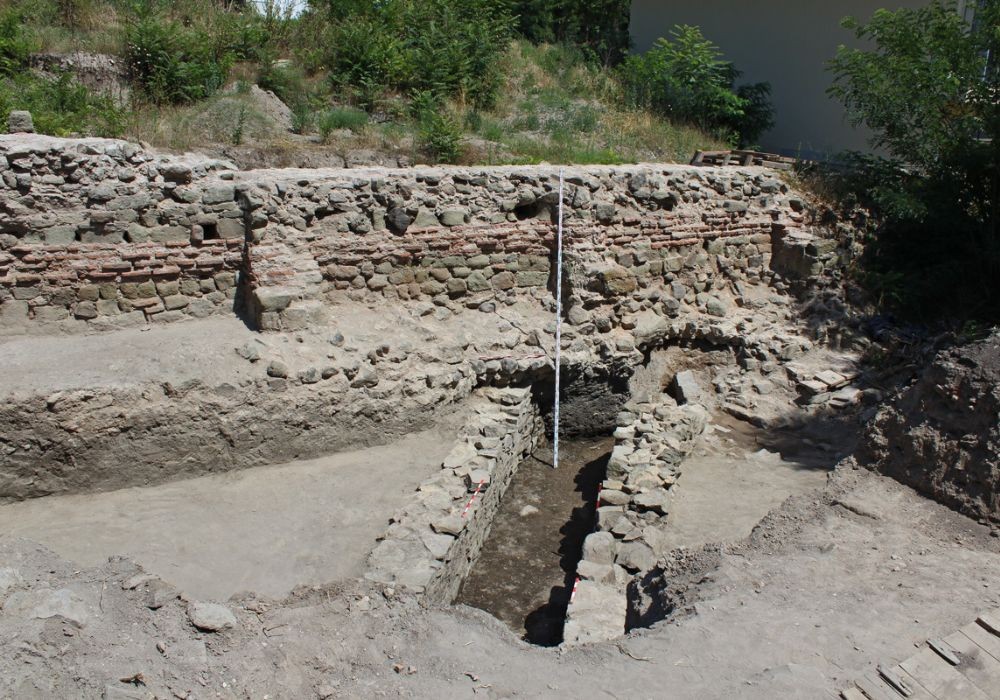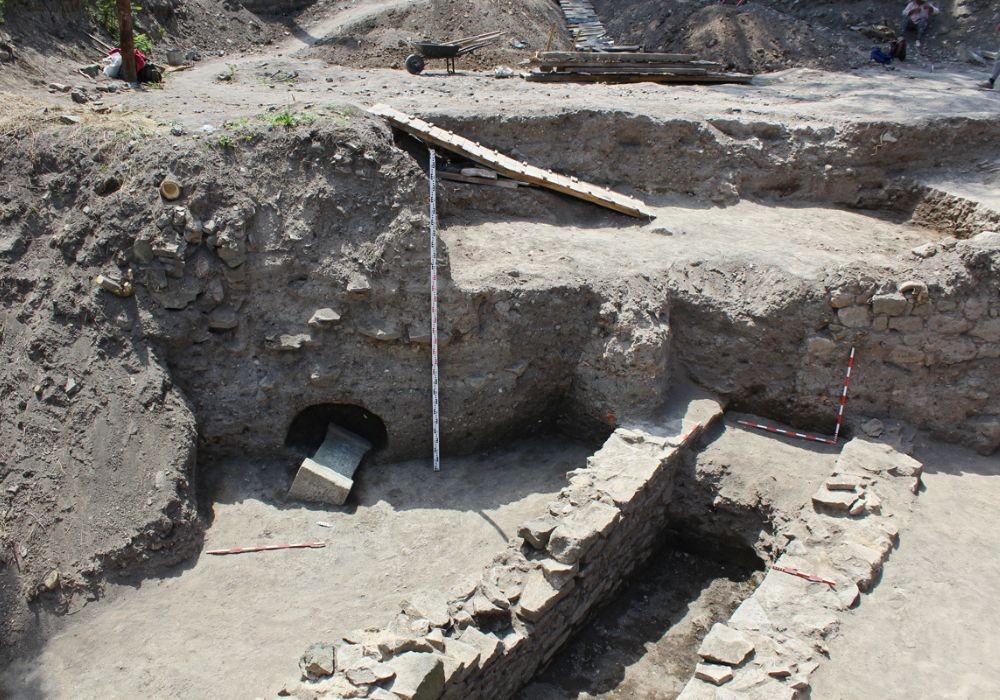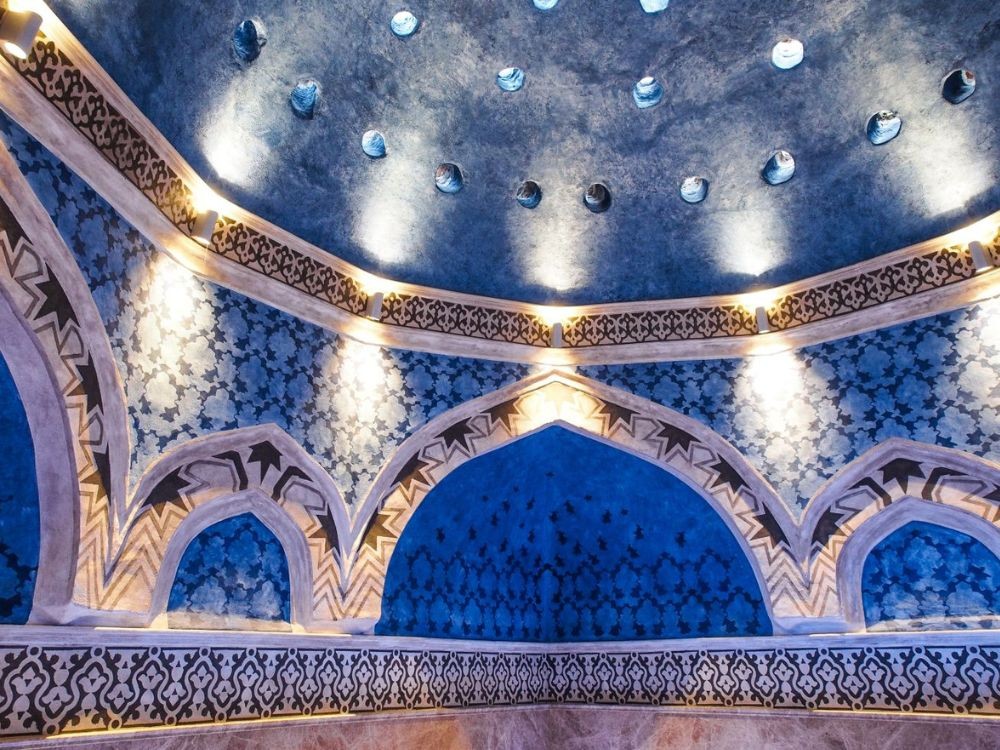Part of an ancient 1st century Roman canal was unearthed during excavations of a Roman bath on the territory of an ancient settlement called Aquae Calidae this archaeological season. Structures from medieval rooms, built using mortar and mud as binding material were also unearthed, as well as part of a Medieval wall, the Regional Museum of History in Burgas has announced.

The digs near Burgas also unearthed old coins, mostly from the 4th century, 11th century Medieval seals, as well as large amounts of 12th – 13th century earthenware. A few days ago archaeologists made a unique find – an altar, found intact, with an intriguing inscription in Latin dating to the 2nd century AD. This inscription tells us that it was made as a token of gratitude to the nymphs (protectresses of the springs and givers of health), with a dedication by a Roman officer from Parma in Italy sent to serve in the Balkans.

The warm spring at what are now the Burgas mineral baths has been known for centuries. People from near and far would flock here to pray for health and to seek a cure for their ailments. According to historical records, Aquae Calidae came into being, as far back as the first millennium BC, around the mineral springs near what is today the city of Burgas. That was when the Thracians built a beautiful sanctuary – the sanctuary of the three nymphs – close to the hot spring. The thermae complex covered an area of over half a hectare. And because there was a constant stream of people coming here for the medicinal waters, a whole town sprang up around the baths. The Romans called it Aquae Calidae – hot waters - and in 61 AD Emperor Nero built magnificent baths, later fortress walls were erected. During the Middle Ages Aquae Calidae came to be known as Therma or Thermopolis (from Greek – warm city). In the 14th century, Sultan Suleiman the Magnificent also appreciated the curative properties of the water and built a modern, for its time, Turkish bath.
In our day tourists can see the fully restored marble-clad bath belonging to Suleiman the Magnificent, with its ceramics, typical of the Orient.

Compiled by Veneta Nikolova
Photos: aquae-calidae.com, burgas.bgSofia University St. Kliment Ohridski is to play host to more than 300 scholars from all over the world at the traditional international conference of the European Association of Biblical studies. The forum is to take place at the rectorate of the..
The big marble statue found recently in the ancient town of Heraclea Sintica has been moved to the History Museum in Petrich. Archaeologists make new significant discovery in Heraclea Sintica Heraclea Sintica reveals more of its ancient..
"Late Medieval Bulgarian Clothing and Armour" is the name of the new permanent exhibition at the Baba Vida Fortress in the town of Vidin on the Danube. Visitors can see the clothing, armour and accoutrements of the late Middle Ages in the Bulgarian..
On the road leading from Sofia to Samokov upstream the Iskar River near the big picturesque bend between the former villages of Kokalyane and Pasarel at..
On July 27, the Bulgarian Orthodox Church and people glorify the work of the seven saints- the holy brothers Cyril and Methodius, and..

+359 2 9336 661
